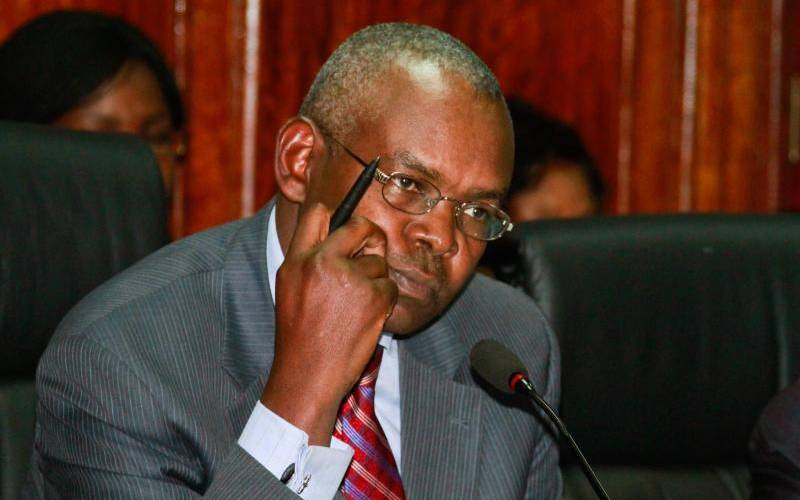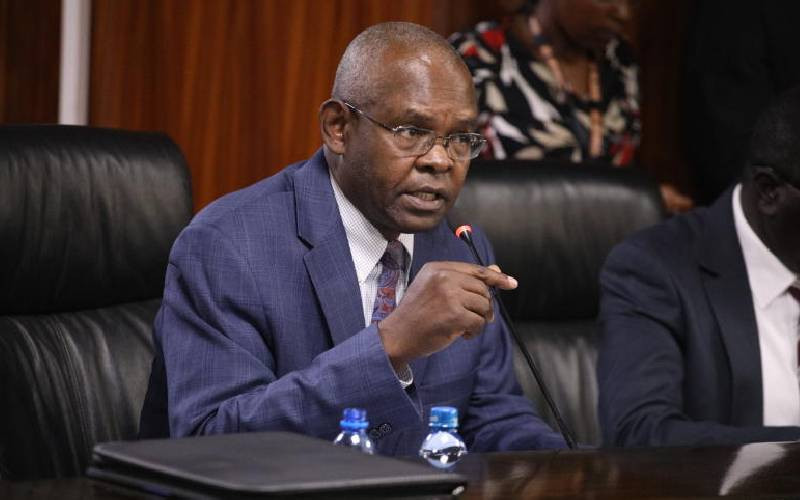Kenya’s shilling was flat at three-year lows yesterday but traders were anticipating a weakening bias for the local currency with energy companies seeking to buy dollars.
Oil dealers buy dollars in the local market, which are used to pay for petroleum products like petrol. At 10.30am, commercial banks quoted the shilling at 93.40/50, unchanged from Thursday’s close and stuck at levels last seen in November 2011.
“We maintain a fairly negative shilling outlook on account of mid-month corporate demand,” said Joshua Anene, a trader at Commercial Bank of Africa. “Also, inflows are subdued at the moment.” The strength of the US dollar globally has put pressure on the currency, while tourism and horticulture, Kenya’s main foreign currency earners, have been floundering. Poor rains have hit the agriculture sector hard, leading to depressed tea and coffee earnings.
A spate of Islamic attacks, including an assault on a northeastern university earlier this month where 148 people were killed, has scared off potential visitors to Kenya’s sandy beaches and game reserves, hoteliers say.
Sheikh Mehran, head of trading at I&M Bank, said he expected the shilling to stay range-bound at the 93.20-93.80 level. “The only thing that could slow down the shilling’s slide is a central bank intervention,” he said.
On Tuesday, the CBK said it was monitoring the foreign exchange market and had enough reserves “to cushion the exchange rate against these short-term shocks and volatility.”
Sharp drop
CBK whose main responsibility is to regulate the banking industry and stabilise prices, sought to ease fears of a further weakening of the shilling and assure the market that it had stocked up enough dollars.
It said that the depreciation of the currency against the dollar was also due to the strengthening of the US economy- which it had little control over. “This is mainly a reflection of a strong US Dollar in the global market coupled with an elevated but seasonal demand for foreign exchange from the local corporate sector witnessed at this time of the year,” CBK said in statement.
Sustained decline of the Kenyan Shillings is reflected in higher cost of living, since nearly all exports into the country are paid for in the US dollar. It is projected that the weaker shilling will reflect on higher inflation in the coming months.
The Energy Regulation Commission had already cited that the strengthening of the dollar against the Kenyan currency was the main reason prices of petroleum products had remained high despite the sharp drop of crude oil prices in the international markets.
 The Standard Group Plc is a
multi-media organization with investments in media platforms spanning newspaper
print operations, television, radio broadcasting, digital and online services. The
Standard Group is recognized as a leading multi-media house in Kenya with a key
influence in matters of national and international interest.
The Standard Group Plc is a
multi-media organization with investments in media platforms spanning newspaper
print operations, television, radio broadcasting, digital and online services. The
Standard Group is recognized as a leading multi-media house in Kenya with a key
influence in matters of national and international interest.
 The Standard Group Plc is a
multi-media organization with investments in media platforms spanning newspaper
print operations, television, radio broadcasting, digital and online services. The
Standard Group is recognized as a leading multi-media house in Kenya with a key
influence in matters of national and international interest.
The Standard Group Plc is a
multi-media organization with investments in media platforms spanning newspaper
print operations, television, radio broadcasting, digital and online services. The
Standard Group is recognized as a leading multi-media house in Kenya with a key
influence in matters of national and international interest.





